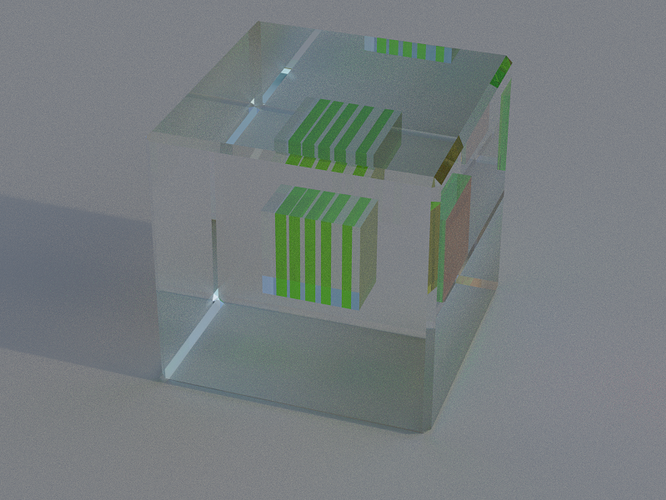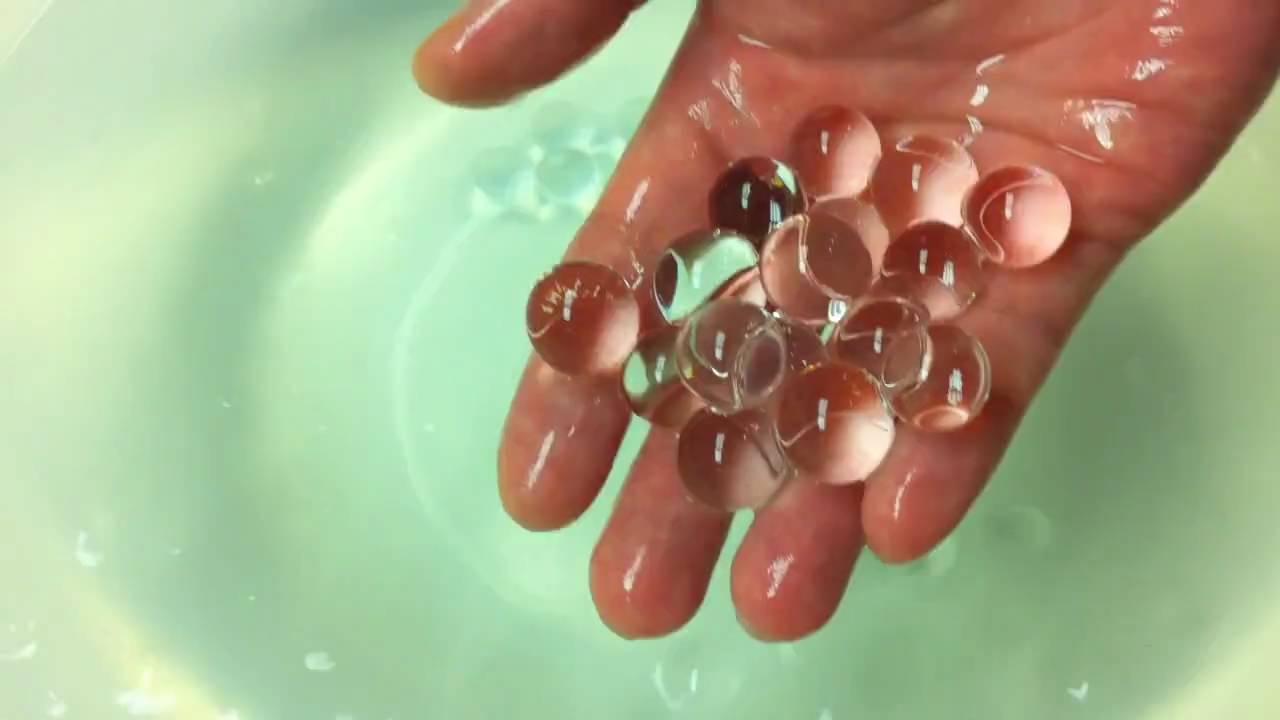Ok got a real hard one for you guys this time. Anyone have any idea where to begin on making something like this?
I have no idea. But I want one 
well cycles is not really good at realist color refractions !
but there is an OSL that might help
or use the multicolor nodes set up for refraction to fake it !
happy cl
Thanks for the reply. What OSL? I have never been clear on what an open shading language is exactly. Did we ever get Vray or MentalRay or one of the better realistic light render engines integrated into blender? Which might be best for this. Yeah faking this kind of material is going to take one hell of a node tree in Cycles. Need a material that must be transparent in 2 shades of color depending on angle. Must also reflect light like a mirror on some angles or upon certain thicknesses (Not sure about this one) Oh in 2 shades of color.
It’s an interesting, fun problem to solve.
I think Luxrender would be best for this kind of refraction with colors
but have not tested it
if you do let us know
would like to see that !
happy cl
Will do. I’ll see what I can do with several renders. I guess I’m looking for one that does caustics best.
are you on win 64?
I did look at lux site and not certain at all how to get a build to test lux
any ideas ?
thanks
They look like the Bifrost from the Thor movie…extremely cool.
You could create something like this in blender. Create the outer glass sculpture - then create the inner surfaces and key a colour ramp using layer weight or fresnel.
Might have to have a play with this over the weekend 
*** LuxRender ***
Main page - Blender 2.6 - Installation (what ever O/S you have) - download.
does it have a build including lux ?
thanks
OK - I had a play and this effect seems entirely possible within cycles.
The colour within these sculptures comes mainly from the dichroic glass - which is basically a surface/iridescent effect. This can be easily simulated using a colour ramp and the layer weight node.
The difference in refractive indices between the optical glass and the lead crystal is easy to simulate using different glass shaders with the respective refractive indices.
The rest is mainly down to the modelling. I tried several different methods of getting the alternating lead/dichroic glass. The best method I found was to create a flattened cube - extrude it, then select the internal edges and create an internal face. These internal faces were then given the dichroic material.
Obviously to get the complexity present in his sculptures will require a lot more work - but it seems feasible at least in principle.
After having a play - one thing cycles doesn’t seem to handle very well is glass embedded within glass.
In theory if you embed a piece of glass within another that has the same IOR - the internal piece of glass should be more or less invisible. This is true of any material with similar IOR (hence why those water gel balls seem to disappear when you submerge them in water).
I tried using the refraction shader instead of the glass shader - but this doesn’t work either. I’m not sure there is a solution as cycles seems to treat each face as a change in IOR (a limitation of mesh based renderers?)
I guess the ray would have to remember the IOR of the medium it is travelling through to treat the transitions correctly.
cycles in only single path tracer and limited for caustic and color refractions
Lux render is double path tracer which can deal with lot’s of color refractions and caustic
just want to find a build for that thing and do some test with glass!
happy cl
Greg Zaal writes about this in his ‘Fluid in a Glass’ tutorial. Basically, you’ll need to know the IOR of the outer glass, to setup the internal pieces IOR.
Yeh I thought about a similar approach - setting the IOR of the inner cube based on the difference between the inner and outer (e.g if the outer is 1.5 and the inner is 1.8 when taken on it’s own - the IOR of the inner cube when embedded would be 1.3)
Having to do that however does make simulating something like this virtually impossible.
Part of the colour being created will also be dispersive refraction within glass, acting a bit like a prism. Blender does not do this natively, but you can fake the effect by creating multiple glass nodes with different refraction values, assigning them to colours and then adding them together.
There’s a link here: http://blender.stackexchange.com/questions/1602/light-spectrum-dispersion-effect-in-blender

